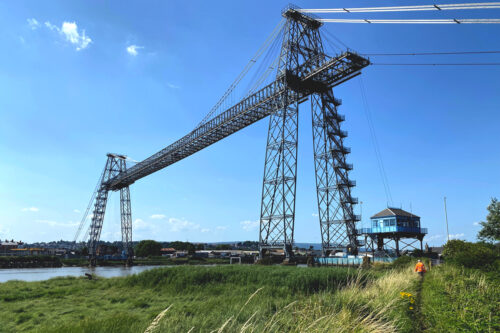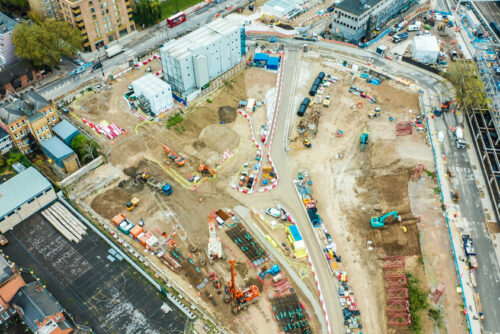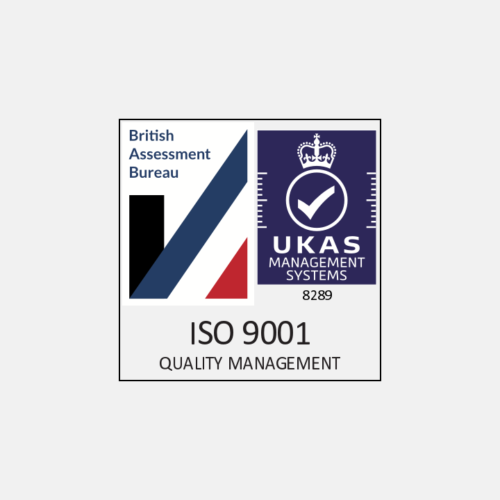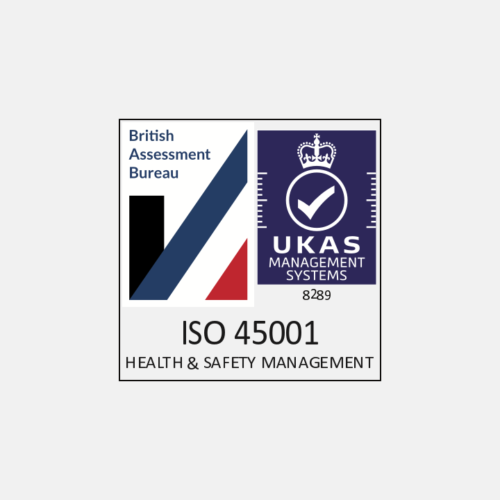
Prince of Wales Bridge
Built between 1992 and 1996, the 5.1km Second Severn Crossing (SSC) provides a critical link between England and South Wales across the Severn estuary. It consists of three major segments: two 2.1km concrete approach viaducts and a 950m central cable-stayed bridge, including a 450m span over the main navigational channel.
The SSC exists in a harsh environment, with a tidal range of 14m giving rise to very strong tidal currents. The bridge also crosses over Brunel’s Severn rail tunnel near the Avon (English) side.
Accurate monitoring of the bridge is vital. The approach viaducts are supported by 20 pairs of piers on the Welsh side and 21 pairs on the English side. The settlement of these piers is the subject of biennial monitoring by the bridge maintenance contractors.
We based our monitoring on two simultaneous runs of trigonometric heighting, one along the northern line of piers and one along the southern line of piers. The assumption was made that the structure is only settling in the z-axis, so the trig heighting is based on fixed distances.
The health and safety precautions for this work were stringent, as it involved working at heights of up to 50m, over mudflats and strong tidal streams.
We accessed the top of each pier by climbing through a hatch and down a ladder from inside the hollow deck bridge structures. Working-at-height procedures were followed, with all personnel at risk of falling being fully harnessed and equipped with fall-arrest gear.
















